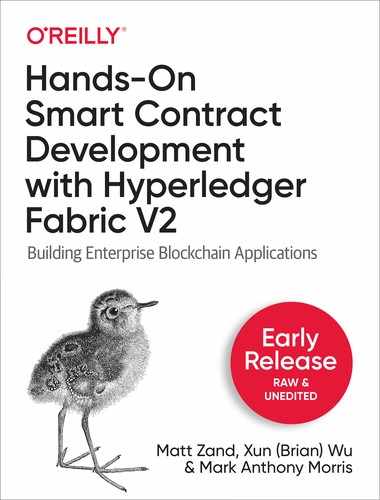Book Description
Blockchain technology continues to disrupt a wide variety of organizations, from small businesses to the Fortune 500. Today, hundreds of blockchain networks are in production, including many built with Hyperledger Fabric. This practical guide shows developers how the latest version of this blockchain infrastructure provides an ideal foundation for developing enterprise blockchain applications or solutions.
Authors Matt Zand, Xun (Brian) Wu, and Mark Anthony Morris demonstrate how the versatile design of Hyperledger Fabric 2.0 satisfies a broad range of industry use cases. Developers with or without previous Hyperledger experience will discover why no other distributed ledger technology framework enjoys such wide adoption by cloud service providers such as Amazon, Microsoft, IBM, Google, and Oracle.
- Walk through the architecture and components of Hyperledger Fabric 2.0
- Learn about the Hyperledger family, projects, and ecosystem
- Migrate your current Hyperledger Fabric projects to version 2
- Develop blockchain applications on the Hyperledger platform with Node.js
- Deploy and integrate Hyperledger on Microsoft Azure, Amazon Managed Blockchain, IBM Cloud, and Oracle Cloud
- Develop blockchain applications with Hyperledger Aries, Avalon, Besu, and Grid
- Build end-to-end blockchain supply chain applications with Hyperledger
Table of Contents
- I. Introduction to Blockchain
- 1. Fundamental Concept of Blockchain
- 2. Build Supply Chain DApps with Hyperledger Fabric
